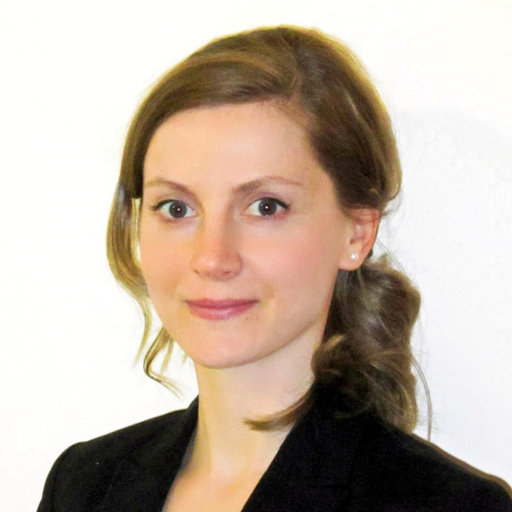 We recently caught up with Mihaela Vlasea, PhD, of University of Waterloo. Vlasea is a faculty member at the University of Waterloo and the chair of SME’s Additive Manufacturing Community. She has over eight years of professional and academic experience in designing and building complex mechatronic systems for additive manufacturing applications. Vlasea has helped developed a new powder bed binder-jet system capable of fabricating products ranging from bone and dental implants to lightweight porous materials for aerospace uses for the University of Waterloo as well as a laser powder-bed fusion system for the National Institute of Standards and Technology.
We recently caught up with Mihaela Vlasea, PhD, of University of Waterloo. Vlasea is a faculty member at the University of Waterloo and the chair of SME’s Additive Manufacturing Community. She has over eight years of professional and academic experience in designing and building complex mechatronic systems for additive manufacturing applications. Vlasea has helped developed a new powder bed binder-jet system capable of fabricating products ranging from bone and dental implants to lightweight porous materials for aerospace uses for the University of Waterloo as well as a laser powder-bed fusion system for the National Institute of Standards and Technology.
How did you become involved in the AM industry?
Additive manufacturing became a “way of life” so to speak in 2008. At that time, I had just graduated with a Bachelor’s degree in Mechatronics Engineering. I was really intrigued by the principles behind control of complex machines and grew more and more interested in how I can leverage my skillset to serve the biomedical sector. Additive manufacturing proved to be the perfect avenue to balance my technical background and creative problem-solving. During my PhD, I focused on developing a custom binder jetting additive manufacturing system that was custom-tailored to work with bioceramics and got to see the final implants being used in-vivo in animal studies. The same system is used now for metal additive manufacturing R&D for the automotive and transportation sectors. That’s really the magic of AM… one machine may be able to do it all.
Why do you enjoy working in additive manufacturing?
I would have to mention that, although the AM sector has been growing every year, the sense of community around AM has not dwindled. I am continuously amazed by the genuine sense of support, mixed with progressive competition that this ever-present in this field. I am certainly not a “basement” scientist and I really enjoy being part of this socially-engaging community and giving back every occasion I have. In addition, there is something new to discover all the time on the technical side, which keeps the researcher in me continuously excited to learn more. I look forward to discover breakthroughs participate in events every year.
What you have been working on in additive manufacturing?
To sum it all up… I’ve been working on “challenging” people and machines. Additive manufacturing has re-invigorated the perception of engineering jobs, thus bringing forth a new generation of enthusiastic learners, as well as experienced engineers eager to learn new skills. I continue to explore new ways of how to best educate professionals that have the right skillsets to address the challenges and opportunities in AM. In addition, I am working on pushing the boundaries of what metal AM systems can achieve, in both control of processes, as well as new material adoption.
